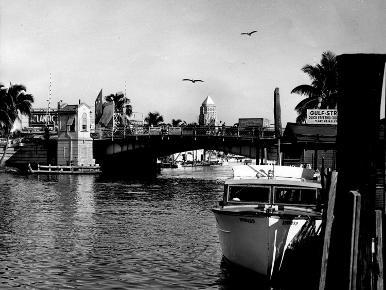In the courtyard, two of the cells are in their original condition– stone walls, rusted bars, the stench of dried piss, pigeon shit. Even in the summer heat, the tourists are lining up for photos. A woman approaches, asks if I will take a photo of her and her two kids. I take her phone, stand in front of one of the cells. I take their picture. “Gracias, mamita,” she says. And then, without thinking, I hand her my phone so she can take one of me. How strong our collective desire to erase our history, our pain. How easily we let ourselves forget.
Diaz reflecting on her family’s roots at La Princesa, an old prison in Puerto Rico from the colonial days, page 343.
As Diaz grows older as an adult, she begins to become more pensive about her family and regrets with them that she had as a child and younger adult. She regrets that she left her mom to rot, turning into a splitting image of Grandma Mercy, which Diaz had discovered was nicer than she had been in the past. Her mom was unrecognizable and truly messed up when they finally reconciled and it partially broke Diaz in her mind, as it only been a decade but she looked like she had aged far more than that. She thought her own mother was a crackhead on the street when she approached, to the point that Cheito took out some coins when she approached. The deaths of various family members, their histories, and the seeming endless cycle of abuse and violence in her family, even amongst cousins, made Diaz really start to think about the bigger picture of her own history.
Diaz, being a black Puerto Rican woman, comes from a unknown history. They can only trace themselves as far back as a few generations prior in Haiti, and after that their heritage is lost to slavery and colonialism. The poverty that Diaz endured as a child is a direct result of the acts of generations of slavery and colonialism. It is a specter that haunts Puerto Rican people to this day, and exists in smaller forms with US control. The needs of Puerto Ricans are tossed aside, as Diaz recounts during the wake of Hurricane Maria, where the true effects were downplayed and many parts of the island were totally destroyed and thousands died. It means a lot more than the simple numerical value would imply, as Trump and the media seem to equate to value.
This section really brings up interesting conversations about colonialism and it’s effects. Meth use, mental illness, violence, sexism, homophobia, poverty, womanizing within Diaz’s own family all have roots in her immediate society, influenced by the colonizers and the society that was forced upon them by acts performed generations ago. The racism prevalent in society holds Diaz and her family back, and causes rifts in and out as people judge her based on her skin color, her hair, and her appearance, and hold her back even somewhere like the military simply because of her roots. I think an important question that jumps out to me from this section is the effect of race on roots, and the cycles that it creates. What can be done differently to try and change the course of these families from having continual problems time and time again, causing unimaginable suffering to poor children over and over creating abusive and/or mentally unstable adults. What parts of history do we need to acknowledge and actively respond to in order to move forward and prevent this sort of thing from continuing to happen.

“Puerto Rico after Hurricane Maria” by Western Area Power Admin is licensed under CC BY 2.0




